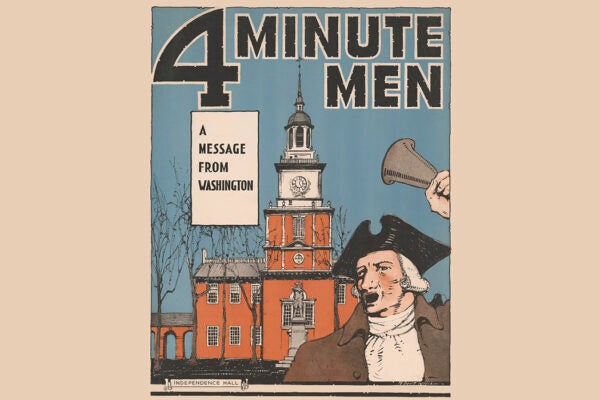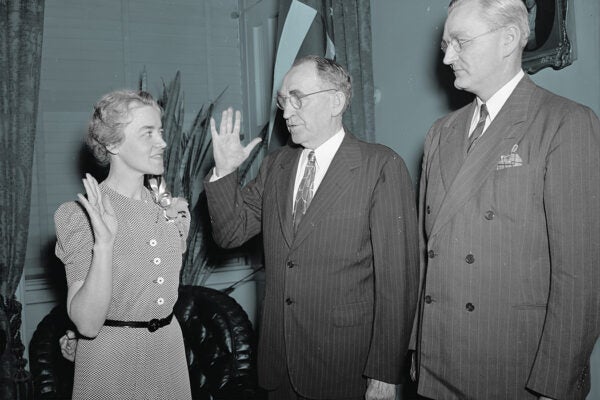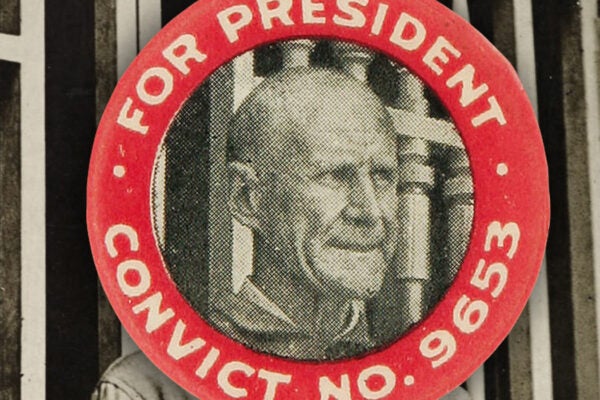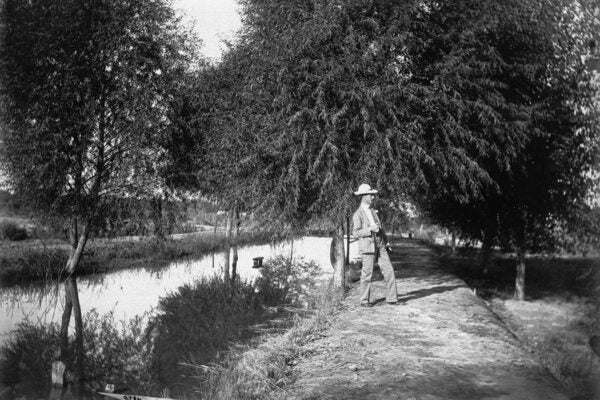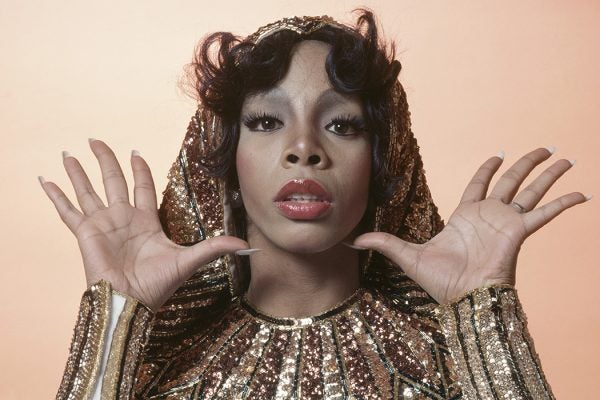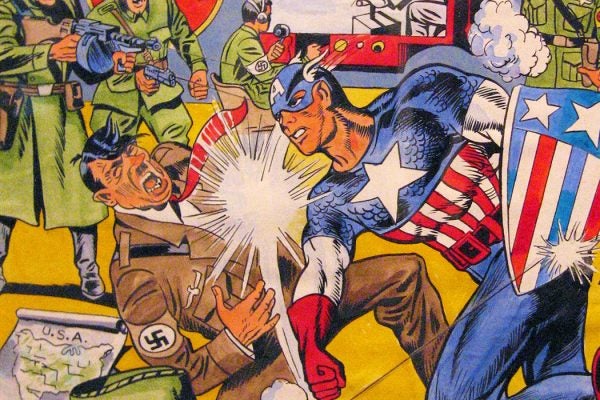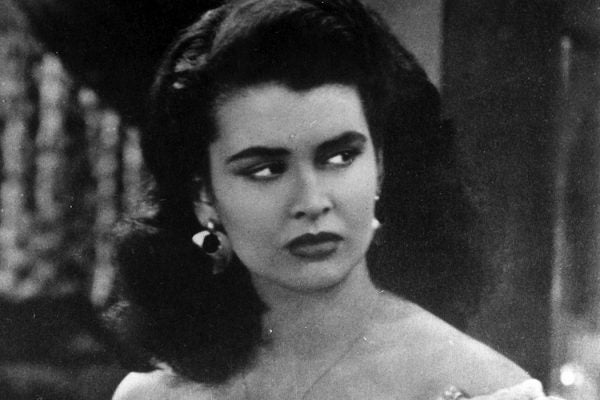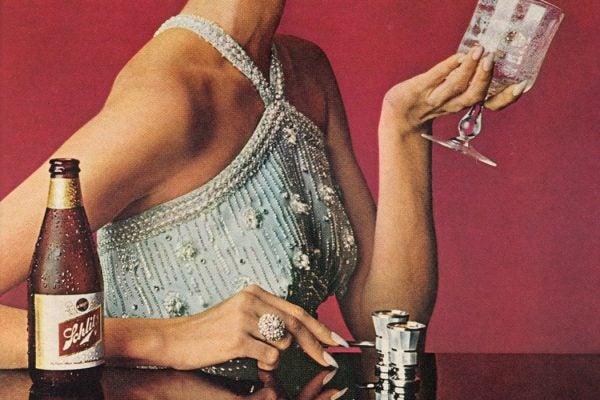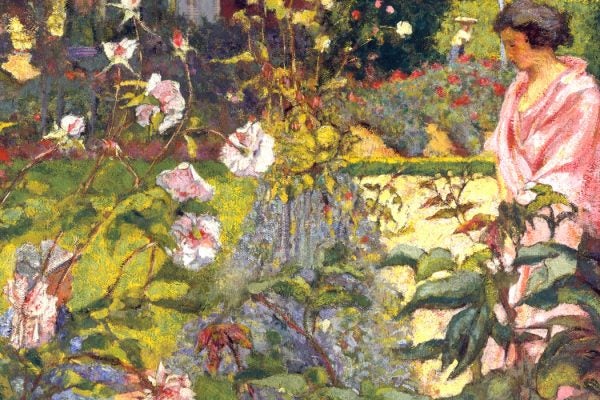The US Propaganda Machine of World War I
As the United States prepared to enter World War I, the government created the first modern state propaganda office, the Committee on Public Information.
Declaration of Conscience: Annotated
In June 1950, Senator Margaret Chase Smith criticized Joseph McCarthy's anticommunist campaigns. She was the first of his colleagues to challenge his Red Scare rhetoric.
A Million Americans Once Voted for an Incarcerated Socialist
Eugene Debs campaigned for both president and prison reform from a federal penitentiary. His critiques of the prison system still resonate.
The Irrigationist
Canadian-born George Chaffey was instrumental in bringing irrigation and the consequent development of the “agriburb” to California…and Australia…and Israel.
The Year The Grammys Honored Disco
In 1980, The Grammys gave disco its own category, but the genre was already receding into invisibility.
Captain America and Wonder Woman, Anti-Fascist Heroes
Who needs black clothing to fight fascism when red, white, and blue will do quite nicely?
Hollywood Cast Laurette Luez as a One-Size-Fits-All “Exotic”
Like many actresses of her day, Laurette Luez was expected to be a beautiful siren in skimpy clothing who could be from almost anywhere—just not here.
Selling Hedonism in Postwar America
The hedonism of American consumer culture is the result of deliberate efforts by mid-twentieth century marketing experts.
Maps Showed People Their Worlds
In the 19th century, most Americans weren't used to seeing maps of their communities. New forms of color lithography changed all that.
When Gardens Replaced Children
Historian Robin Veder explains that the way we associate female nurturing with gardens goes back to the way ideas about gender and work changed in the mid-nineteenth century.
